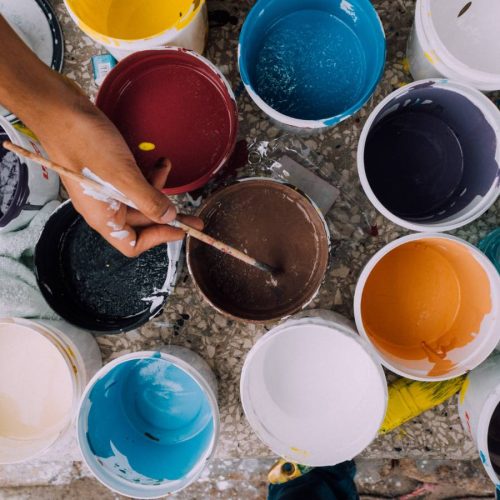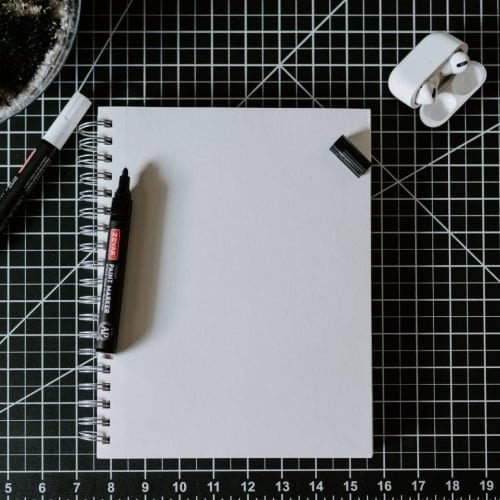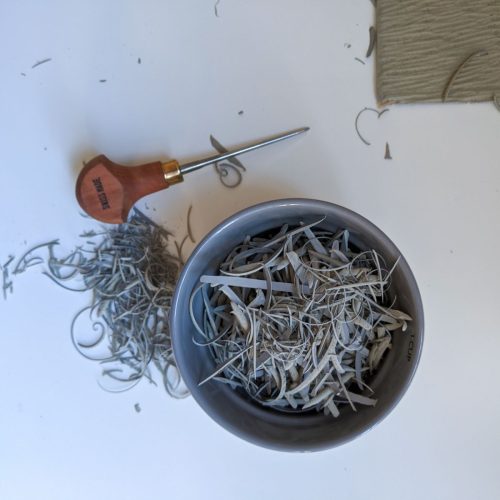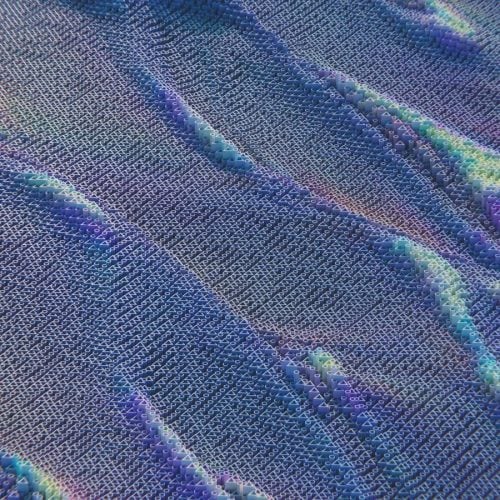Tag
Featured
Hickman Design > Featured
🌟 Discover Pfeil Lino Cutting Tools and Art Kits! Perfect for any project or gift, they’re sure to spark creativity and bring your ideas to life. 🛠️🎨✨
✨ Unlock Creativity! 🚀 Dive into our guides for the Best Laptops For Graphic Design & Laptops For Photoshop 🎨💻
👀 Support independent grassroots conflict journalism by exploring Popular Front. 📰✊🌍
Located
London,
United Kingdom
United Kingdom
Opening Times
Monday – Thursday: 18:00 – 21:00
Friday – Sunday: 09:00 – 17:00
2024 Designed by © Hickman Design & Bird Marketing | All Artworks & Designs © Created by Hickman Design | Wainman Enterprises Ltd trading as Hickman Design - Company Number: 14301404
Close Menu
- Home
- Portfolio
- Resources
- Kit Reviews
- Art Drawers
- Art Drawing Tables
- Craft Knife Sets
- Self Healing Cutting Mats
- Sketching & Colouring Pencils
- Lino Cutting Tools
- Lino Printing Ink
- Lino For Printing
- Lino Printing Rollers
- Lino Printing Kits
- Printmaking Barens
- Screen Printing Films & Stencils
- Screen Printing Kits
- Screen Printing Inks
- Screen Printing Lights
- Screen Printing Mesh
- Screen Printing Squeegees
- Set Up Screen Printing Studio
- Printmaking Guides
- Calculators & Tools
- Artists Guides
- Art History Audiobooks
- How To Sell Your Art Online
- Guide On Pricing Artwork
- Printmaking Books
- Printmaking & The Environment
- Best Printers For Artists
- Best Print on Demand Companies
- Turn Drawings Into Graphics
- Creating an Artist’s Portfolio
- Best Laptops for Graphic Design
- Best Laptops for Photoshop
- Best Graphic Design Tools & Software
- Free Photo Editing Apps & Software
- Refurbished Gaming Laptops
- Sigma Art Lenses
- Top 10 Art Holidays
- Best Paint Pen Markers
- Kit Reviews
- Blog
- About
- Contact
- Submit
- Shop












